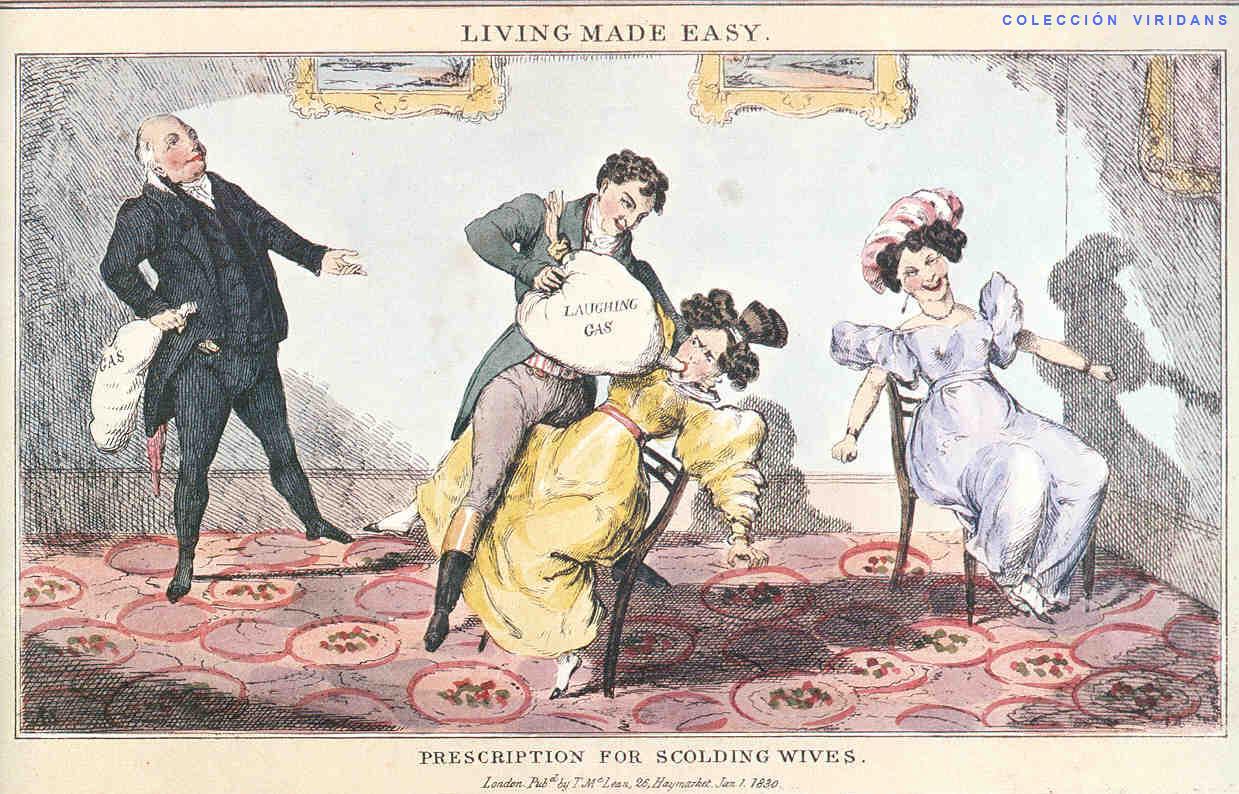 From the killer whale whose heart is large enough to fit a small car inside, to the crocodile whose lungs are able to move around within its body cavity to alter its centre of gravity: the animal kingdom contains some of the most fascinating and unusual organisms that live on the Earth. It’s the fascinating adaptations found throughout the animal world that fuels our interests in these animals.
From the killer whale whose heart is large enough to fit a small car inside, to the crocodile whose lungs are able to move around within its body cavity to alter its centre of gravity: the animal kingdom contains some of the most fascinating and unusual organisms that live on the Earth. It’s the fascinating adaptations found throughout the animal world that fuels our interests in these animals.
For years the extraordinary elephant has roamed south-eastern Asia and Africa. Weighing up to six tonnes and reaching up to four metres in height, the elephant is an extremely impressive animal; in fact the largest of all land animals. Despite their vegetarian diet, getting into a fight with an animal of this size should be avoided at all costs!
The big question is how have their systems adapted to meet the needs of this monstrous body?
We know the elephant has in excess of 200 bones that make up its skeleton- hardly surprising given that it needs to support its sheer size. In keeping with its frame, the elephant also has a huge skull, but what is perhaps surprising is its relatively small mouth. Due to the nature of the tough vegetation that elephants eat, they have evolved to have 8 teeth the size of bricks. The surface of the teeth are covered in tough enamel ridges that grind vegetation into a pulp as the jaw moves back and forwards. As old teeth become excessively worn, new teeth are produced at the back of the mouth. The new tooth gradually moves forward, pushing the worn one towards the front of the jaw. It is this conveyor belt action that allows elephants to eat throughout their entire lifetime.
Another fascinating, and obvious, feature of the elephant is their tusks. They are basically huge incisor teeth, used primarily as a defence mechanism (who wouldn’t be scared of two huge sword-like projections?) as well as for foraging food. Male elephants also use their tusks to dominate other males, and to help find themselves a mate. The pair of huge tusks is an obvious show of natural selection; in this case, the bigger the tusks the better. The largest known tusk was a whopping 3.5 metres in length.
However, in recent years we have seen a dramatic reversal in the tusk stakes. Due to pressures from hunters and poachers, having large tusks makes these elephants a prime target. It is for this very reason that we are now seeing a very obvious reduction in the size of elephant tusks.
 Yet another amazing adaptation we see in elephants originates from within their lungs. Unlike most other mammals, elephants’ lungs lack a pleural space separating their lungs from the ribs. Instead, connective tissue connects the lungs to their ribcage and diaphragm. But what advantage might this have? Scientists believe that this incredible anomaly may have arisen to aid elephants in ‘snorkelling’; elephants are the only land mammal that are able to entirely submerge themselves in water whilst taking in air from above the surface. Without the lung-rib connective tissue, blood vessels in the lungs would most likely not survive the huge changes in pressure exerted on them whilst snorkelling. By covering these vessels in a much tougher membrane, they are protected from damage from changes in pressure. The downside to this tough casing is that the blood vessels aren’t able to produce a lubricating fluid necessary to ensure that the lungs and rib cage slide over one another during respiration. Without the fluid, the tough connective tissue only allows a small degree of movement. Despite perhaps negatively impacting upon respiration, the benefits that this connective tissue confers to the elephant far outweigh the negatives.
Yet another amazing adaptation we see in elephants originates from within their lungs. Unlike most other mammals, elephants’ lungs lack a pleural space separating their lungs from the ribs. Instead, connective tissue connects the lungs to their ribcage and diaphragm. But what advantage might this have? Scientists believe that this incredible anomaly may have arisen to aid elephants in ‘snorkelling’; elephants are the only land mammal that are able to entirely submerge themselves in water whilst taking in air from above the surface. Without the lung-rib connective tissue, blood vessels in the lungs would most likely not survive the huge changes in pressure exerted on them whilst snorkelling. By covering these vessels in a much tougher membrane, they are protected from damage from changes in pressure. The downside to this tough casing is that the blood vessels aren’t able to produce a lubricating fluid necessary to ensure that the lungs and rib cage slide over one another during respiration. Without the fluid, the tough connective tissue only allows a small degree of movement. Despite perhaps negatively impacting upon respiration, the benefits that this connective tissue confers to the elephant far outweigh the negatives.
 Perhaps even more fascinating is how an animal of this size, living in extremely hot regions of the world, manages to prevent overheating. They haven’t exactly been blessed with the ideal body shape to stay cool. To address this mystery, scientists used heat-mapping techniques to measure the external temperature of an elephant throughout the day, while also measuring the temperature from within the elephant. Results found that whilst the surface of the elephant can reach up to 55 degrees Celsius, internal temperatures are kept far lower at around 35 degrees. So what exactly is allowing the elephant to remain cool? We know that the answer lies with their ears. As with their skull, elephants have the largest ears in the animal kingdom. But these ears serve a very important purpose; they act as a massive fan working to cool down the elephant. By effectively ‘flapping’ the ears back and forth, air is forced back over the body. Big arteries from the body carry blood close to the ears surface via a series of smaller vessels. The ears are well equipped to deal with this, as they are extremely thin. It is this flapping motion of the ears that allow much of the heat from the body to be carried away, and hence prevents overheating.
Perhaps even more fascinating is how an animal of this size, living in extremely hot regions of the world, manages to prevent overheating. They haven’t exactly been blessed with the ideal body shape to stay cool. To address this mystery, scientists used heat-mapping techniques to measure the external temperature of an elephant throughout the day, while also measuring the temperature from within the elephant. Results found that whilst the surface of the elephant can reach up to 55 degrees Celsius, internal temperatures are kept far lower at around 35 degrees. So what exactly is allowing the elephant to remain cool? We know that the answer lies with their ears. As with their skull, elephants have the largest ears in the animal kingdom. But these ears serve a very important purpose; they act as a massive fan working to cool down the elephant. By effectively ‘flapping’ the ears back and forth, air is forced back over the body. Big arteries from the body carry blood close to the ears surface via a series of smaller vessels. The ears are well equipped to deal with this, as they are extremely thin. It is this flapping motion of the ears that allow much of the heat from the body to be carried away, and hence prevents overheating.
 And finally, I couldn’t talk about the mighty elephant without mentioning its most recognisable piece of anatomy. The trunk. This ingenious piece of machinery is involved in many things that elephants do; feeding and drinking, snorkelling, washing, playing, communicating, feeling, and manipulating amongst many others. This original piece of anatomy seemed to have evolved long ago through natural selection. The sheer size of an elephant’s body and head made bending down to pickup food an onerous task. This difficulty caused the trunk to evolve. Over many years it is thought that these animals slowly evolved to have a shorter jaw, but with a longer top lip. As they became taller and taller, the upper lip gradually elongated until it resembled a trunk that was able to feed without having to bend down.
And finally, I couldn’t talk about the mighty elephant without mentioning its most recognisable piece of anatomy. The trunk. This ingenious piece of machinery is involved in many things that elephants do; feeding and drinking, snorkelling, washing, playing, communicating, feeling, and manipulating amongst many others. This original piece of anatomy seemed to have evolved long ago through natural selection. The sheer size of an elephant’s body and head made bending down to pickup food an onerous task. This difficulty caused the trunk to evolve. Over many years it is thought that these animals slowly evolved to have a shorter jaw, but with a longer top lip. As they became taller and taller, the upper lip gradually elongated until it resembled a trunk that was able to feed without having to bend down.
You might think of these animals as large, bulky and clumsy, but this is in fact far from the truth. They are amazing feats of engineering. We know that elephants are actually very elegantly made and adapted to suit their body’s needs from their trunk, their cooling system and to their lungs. Today elephants are the only animals of such size, so it is obvious that their size doesn’t hamper them; their body is doing something right.
Post by Samantha Lawrence








 I have no doubt that nurses and doctors perform the best job they are capable of, given the structures in which they are expected to work. However, I also think it’s time that hospitals dedicate more time and resources to optimising patient comfort and ensuring that they achieve adequate recovery sleep while under hospital care. Ironically, much of the noise present in the hospital environment is created by measures put in place to improve patient health and safety. This includes: loud machinery, a high density of staff working to care for patients and uncarpeted floors, which reduce the risk of infection but can be loud underfoot or under the wheels of rolling equipment. Noise sources such as these must be assessed and noise reduction measures brought into place. Indeed, s
I have no doubt that nurses and doctors perform the best job they are capable of, given the structures in which they are expected to work. However, I also think it’s time that hospitals dedicate more time and resources to optimising patient comfort and ensuring that they achieve adequate recovery sleep while under hospital care. Ironically, much of the noise present in the hospital environment is created by measures put in place to improve patient health and safety. This includes: loud machinery, a high density of staff working to care for patients and uncarpeted floors, which reduce the risk of infection but can be loud underfoot or under the wheels of rolling equipment. Noise sources such as these must be assessed and noise reduction measures brought into place. Indeed, s
You must be logged in to post a comment.